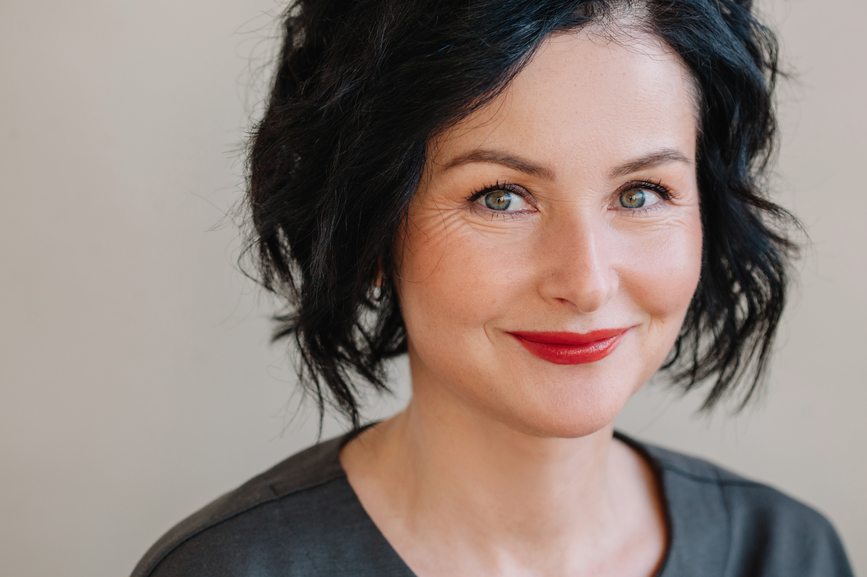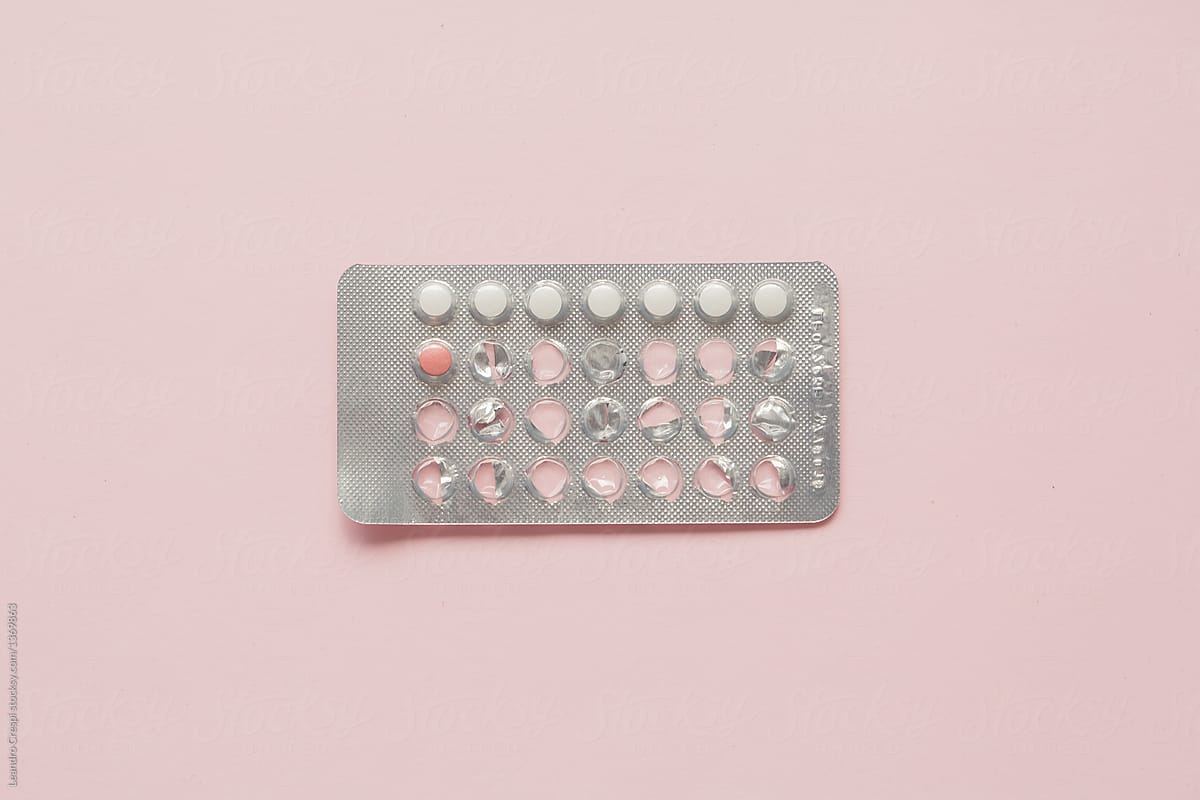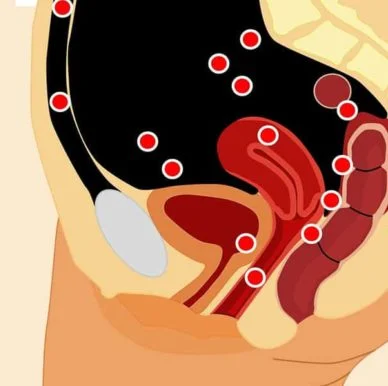First things first – what is menopause?
Most women become aware of the menopause from the stories told about the debilitating symptoms that it brings – hot flushes, night sweats, insomnia, depression – the list goes on and on and at least 30 different symptoms have been recorded. It seems that future health becomes uncertain, with little understanding or explanation of what is to come.
There is also a confusion with the wording, with various terms used interchangeably so that no-one really knows how to talk about it. There’s peri-menopause, menopause and post-menopause, to the point that “The word “menopause” tends to be used as shorthand for “all the crap that goes on while your ovaries gradually crinkle into useless raisins.”
The medical definition of the menopause is when a woman stops having her monthly period for 1 year. It typically occurs in a woman’s late 40s to early 50s as a normal part of ageing and marks the end of reproductive years. The process is gradual and is usually described in 3 stages:
Peri-menopause or the menopausal transition:
Peri-menopause can begin 8 to 10 years before menopause, when the ovaries gradually produce less oestrogen. It usually starts in a woman’s 40s, but can start in the 30s as well. Peri-menopause lasts up until menopause, the point when the ovaries stop releasing eggs. In the last 1-2 years of peri-menopause, the drop in oestrogen accelerates. At this stage, many women can experience menopause symptoms. Women are still having menstrual cycles during this time, and can get pregnant.
Menopause:
Menopause is the point when a woman no longer has menstrual periods. At this stage, the ovaries have stopped releasing eggs and producing most of their oestrogen. Menopause is diagnosed when a woman has gone without a period for 12 consecutive months.
Post-menopause:
These are the years after menopause. During this stage, menopausal symptoms, such as hot flashes, can ease for many women. But, as a result of a lower level of oestrogen, postmenopausal women are at increased risk for a number of health conditions, such as osteoporosis and heart disease.
This sounds like it should be an orderly transition from the hormonal storms of periods to the calm seas of… but many women are suffering with symptoms of sexual dysfunction, insomnia, hot flashes, night sweats, a lack of overall well-being, anxiety and brain fog to name just a few.
In some women these symptoms are mild; others have symptoms that are mild but go on for a long time; other women go through a couple years of difficulty; and then there are women who have symptoms well into post-menopause; and some who just sail through the whole thing.
I can’t think of any other health condition where the range of symptoms is so vast and the response is so varied. Oestrogen affects every part of the body and so when it starts declining, all hell breaks loose. The effects of oestrogen withdrawal have been studied in virtually every body system, including the heart, bones and skin, but none of these investigations have explained the origin of the symptoms that women suffer with the most – the hot flushes, the night sweats, the anxiety – what is it about oestrogen declining that causes those symptoms?
It’s not an oestrogen problem – it’s an energy problem
It’s a little known fact that oestrogen is a sugar-burning hormone – it allows us to use carbohydrates as sugar energy. By the time we are post-menopausal, the low level of oestrogen allows us to only derive about 20% of energy from sugar and carbohydrates, compared to 100% pre-menopause.
As oestrogen levels start to decline in peri-menopause, the use of carbohydrate for energy becomes more and more impossible. This means that your brain and the body are starving, while excess sugar is quickly converted to fat. This means:
- You start feeling tired, all the time;
- You’re getting fatter – high levels of blood sugar causes weight gain as unused sugar is converted to fat;
- Your brain is deprived of energy which leads to brain fog, depression, memory loss and possibly eventually dementia;
- Your starving brain activates the fight or flight response causing an adrenaline rush to release high amounts of glucose from the liver into the blood stream – this causes hot flushes in the daytime and night sweats at night, and leads to more weight gain;
- Adrenaline rushes at night mean that going to sleep and staying asleep becomes difficult;
- Adrenaline rushes create anxiety which can lead to panic attacks;
- High adrenaline destabilises potassium balance which means the heart can’t function properly and this leads to heart palpitations.
The menopausal energy switch: sugar burning is switching off and fat burning is ramping up
It is now well established that menopausal symptoms are directly related to sugar metabolism that is mediated by oestrogen. If you continue eating a high carbohydrate diet – e.g. oats, rice, pasta, bread, potatoes – you will end up with high blood sugar, high cholesterol, fatty liver, inflammation, weight gain and experience debilitating fatigue, brain fog, anxiety, heart palpitations and a myriad of other problems.
To get rid of all these symptoms, you need to switch to burning fat for energy. Fat burning does not require oestrogen, and is freely available in your body. When sugar intake is low, your body converts fat to ketones, which are an alternative clean energy source. A low sugar – or low carbohydrate – diet encourages your body to switch from using glucose as a primary fuel source to burning body fat and using ketones for fuel.
This metabolic switch is the process that underpins the whole menopausal transition. This is what prevents the brain and body from starving as your oestrogen level is declining. The metabolic switch is a mechanism that compensates for energy that oestrogen has stopped providing. This is what you need to harness to reach optimum health in middle age and beyond.
Get your life back: at least 75% menopausal symptoms can be reversed in 6 weeks just by making different food choices
Once you become a fat burner, the results are stunning. In my clinic, I have reversed at least 75 of symptoms in just 6 weeks through a specialised nutrition plan, resulting in:
- zero hot flushes
- zero night sweats
- clear, pin sharp, sustained focus and memory
- easy solid sleep
- solid weight loss til you achieve your target weight
- feeling calm and relaxed
- feeling energised from the moment you wake up
- pain-free joints
- normal heart beat
Do we need HRT?
Women are suffering in menopause and the treatment for that suffering, HRT, is stuck in the 1960s. Feminine Forever, a book promoting HRT published in 1966 by Robert A Wilson, proclaims that it is “a fully documented discussion of one of medicine’s most revolutionary breakthroughs – the discovery that the menopause is a hormone deficiency disease, curable and totally preventable and that every woman, no matter what her age, can safely live a fully sexed life for her entire life”. He went on to say that because the oestrogen level in a woman’s body dropped after menopause, postmenopausal women who didn’t receive treatment were no longer truly female. Or feminine. Panicked women took up HRT in their thousands.
But just consider the fact that oestrogen dropping is normal. That is our natural programming. And our natural programming does not include suffering, as evidenced by millions of women worldwide who are sailing through menopause without a single problem, or HRT.
HRT may be useful for women who have gone through premature ovarian insufficiency early on in life, but if you are making the transition in your late 30s or early 40s, you only need to change what you are eating.
Change what you eat and flip the energy switch!
You can flip the menopausal energy switch, but doing it on your own is hard. Choosing the right foods can be a difficult process of trial and error. Yes low carbohydrate is the way to go, but which carbohydrates, and how low? Supplements can help but which ones are right for you?
I have spent the last 6 years developing and refining this approach to menopause. It is based on scientific evidence and the experiences of hundreds of women. It is always available in clinic, and periodically available as an 6 week group course named Menopause Rehab.
My approach provides the right combination of alkaline foods, appropriate carbohydrates, protein and fats to make the menopausal metabolic switch easy and fast, which means that symptoms reverse quickly and you can get on with your life. Additionally you will be given solutions to take care of heart health, bone health and vaginal issues.
By making a few simple modifications to your diet, you can completely change your experience of menopause and transition through this life phase healthier than ever. This new way of eating burns fat instead of storing it, reduces inflammation and nourishes your body to restore energy, vitality and health for years to come










